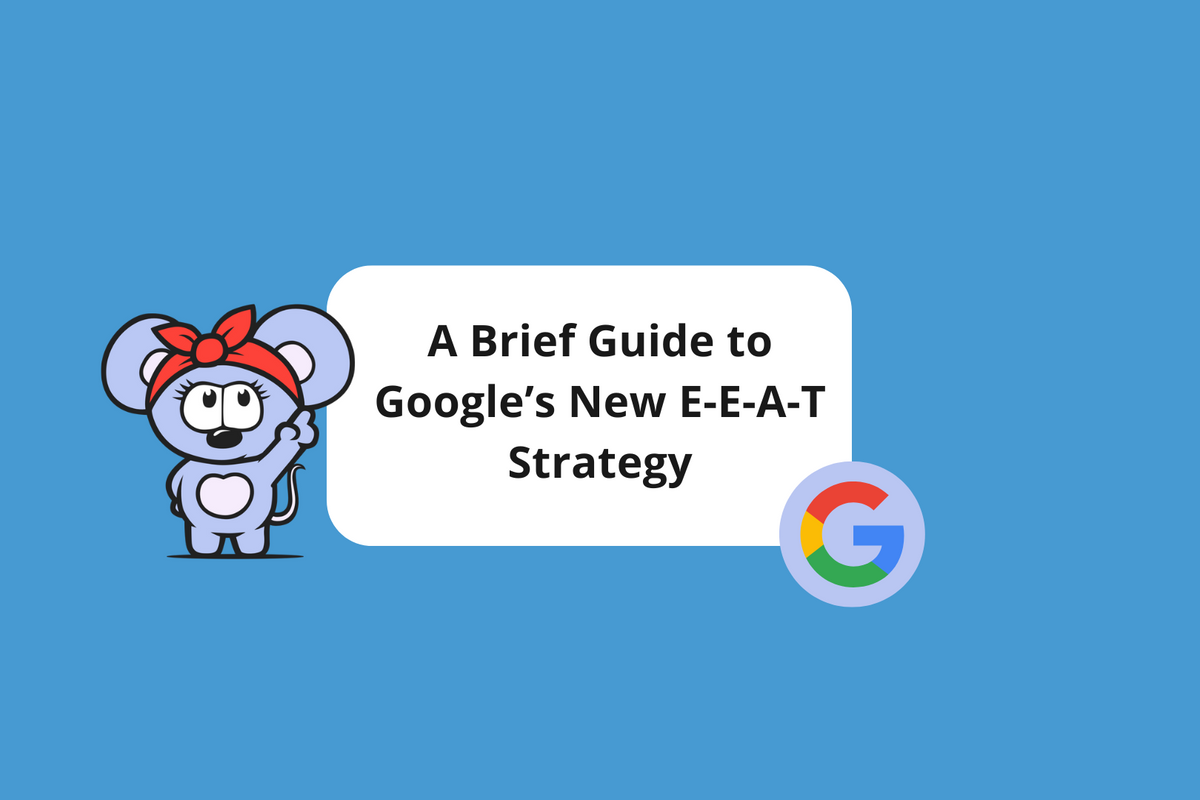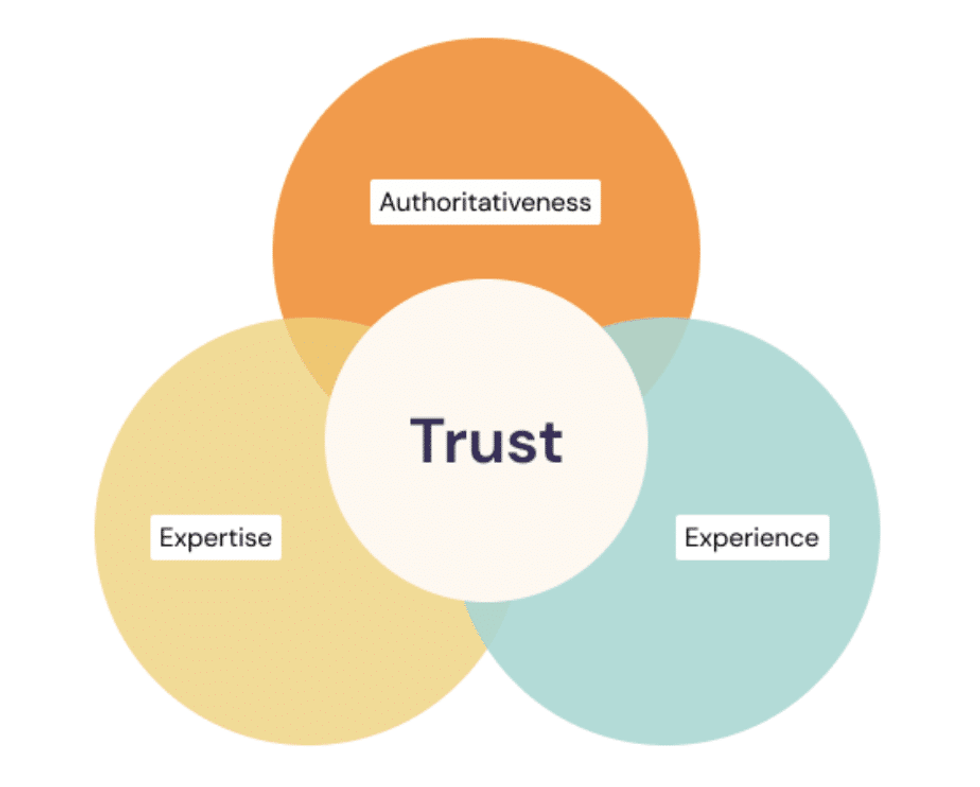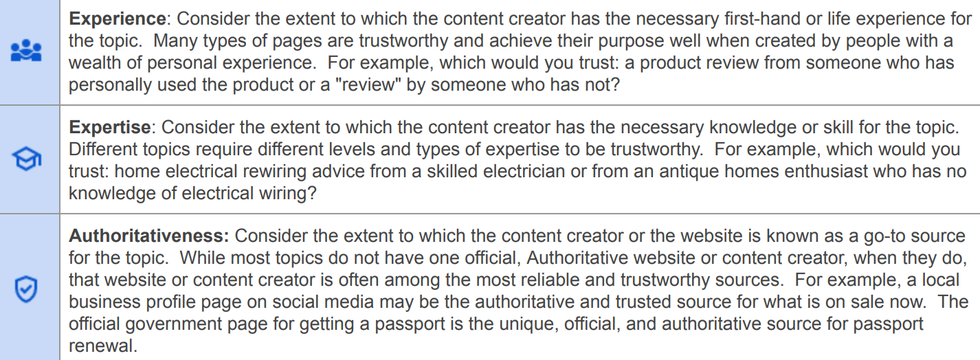
Google added “experience” to its popular E-A-T strategy. Here’s what that means.
Last week, we talked about how the New Year brought with it similar algorithm updates from Google. But each time a new update is rolled out, the same question surfaces: How can you protect your content from Google’s ever-changing algorithm? By publishing quality content that’s informative to readers, to put it simply.
The directive of “publish quality content” may result in more questions than answers. Luckily, Google has established a methodology to help you make sure your content meets its strict standards. You may have already heard of the E-A-T strategy, which stands for expertise, authoritativeness, and trustworthiness. Google recently rebranded this to the E-E-A-T strategy. The additional “E” jumps to the front of the line and stands for experience.
How to Measure “Experience”
In its official announcement , Google said the addition of “experience” should prompt users to ask themselves if a piece of content demonstrates that it was “produced with some degree of experience, such as with actual use of a product, having actually visited a place, or communicating what a person experienced?”
"For example, if you're looking for information on how to correctly fill out your tax returns, that's probably a situation where you want to see content produced by an expert in the field of accounting. But if you're looking for reviews of a tax preparation software, you might be looking for a different kind of information—maybe it's a forum discussion from people who have experience with different services.” —Google’s announcement on its new E-E-A-T strategy.
The debut of the E-E-A-T strategy, or “Double-E-A-T,” is part of Google’s newly updated search rater guidelines , which are used to evaluate websites for their quality and relevance to user’s search queries.
In the updated guidelines, Google says that the most important component of the E-E-A-T strategy is trust, and that “experience, expertise, and authoritativeness are important concepts that can support your assessment of trust.”

Here’s a table from Google on how to leverage experience, expertise, and authoritativeness to assess trust:

Google said that the addition of experience isn’t a new concept when it comes to what makes quality content, but it will hopefully provide more insight into the nuances of how people look for information and the “diversity of quality content that exists in the world.”
Remember, Google’s search rater guidelines are used by Google’s third-party Search Quality Raters (SQRs). The guidelines are used to evaluate websites for their quality and relevance to users’ search queries, and do not impact the actual ranking process. However, their ratings do help refine Google’s algorithms.
The goal of the E-E-A-T strategy is to help creators make sure their content meets Google’s standards and can withstand the many, many algorithm updates that the search engine rolls out every month. The Double-E-A-T strategy is designed to ensure that the information returned in search results is of the highest quality possible and from the most reliable sources.
Solve the Search Puzzle
It’s a full-time proposition to create quality and up-to-date content that meets the expectations of Google’s algorithm. RebelMouse is an enterprise CMS and web performance agency with a rich SEO toolset that guides writers and editors to think about the right search phrase behind every story. It also empowers users to focus on small but meaningful modifications designed to improve organic search performance.
Click here to request a proposal and start working with us today.















































































